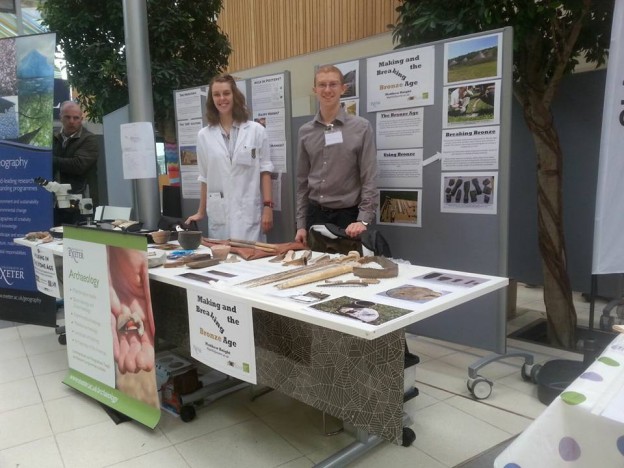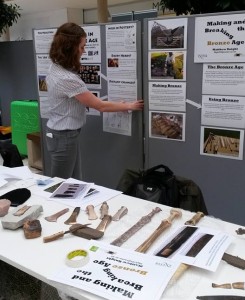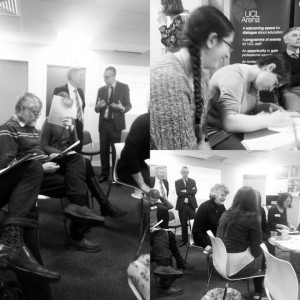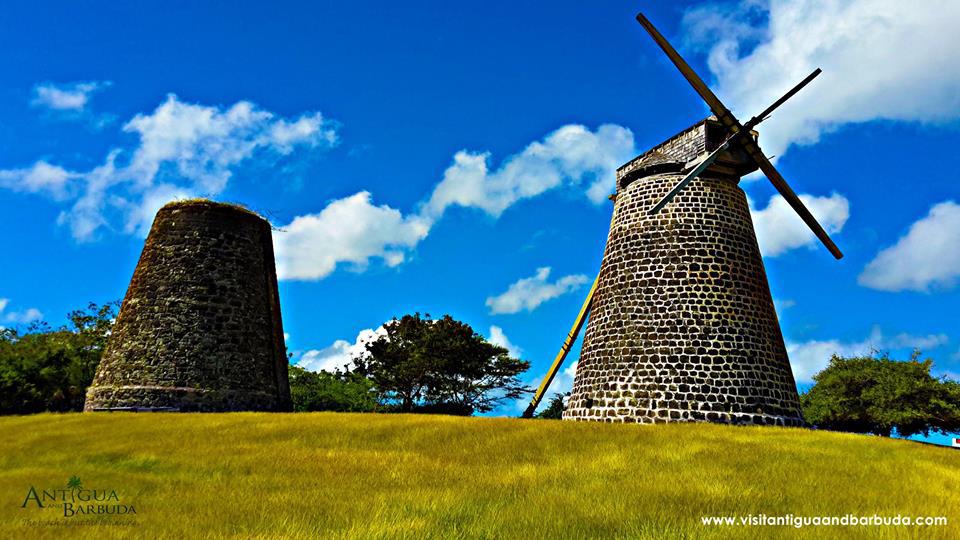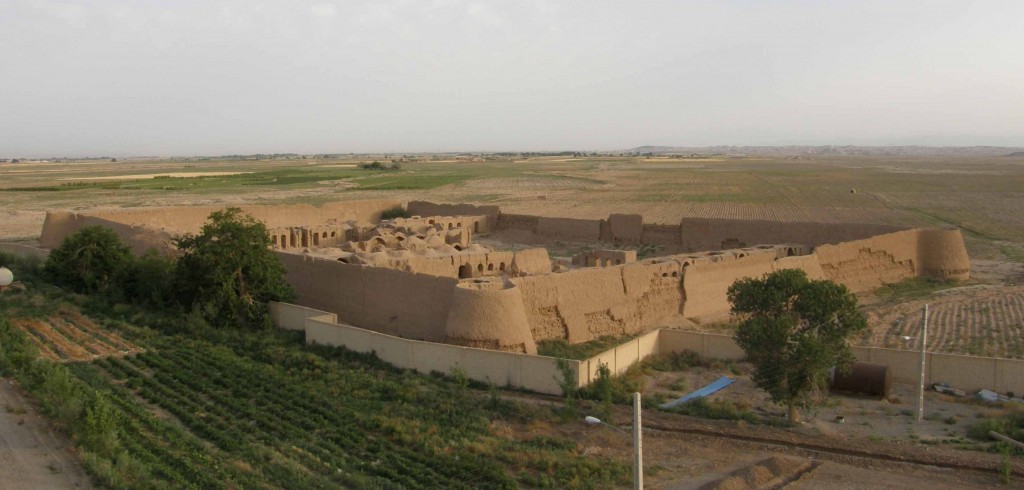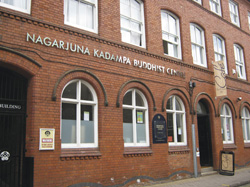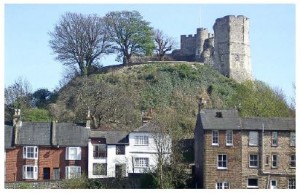
Peter and Dr Nino Jakeli at the beginning of the lecture
Peter Leeming, one of our PhD Candidates in Archaeology, gave a lecture on his research at the Georgia National Museum on Monday 18th April 2016.
This was a curious experience for me as I had to stick to a prepared text, as my lecture was kindly translated and read out by Dr Nino Jakeli of the Georgian National Museum. It was however, a very useful thing for me to do and a small thank you to the staff of the Museum, who have been incredibly kind to (my wife) Emma and I on our visit. It was of course, a great honour to be asked to address a national museum and I feel both humbled and proud to have been invited. How did this come about? Well, Emma and I had met with various people at the Museum, for various reasons, and this culminate d in meeting the Director, Professor Davit Lordkipanidze, of Dmanisi fame. During the meeting I took the chance to ask if there were any fossils found on archaeological sites in their collections. We were introduced to Dr Nino Jakeli, who kindly showed me their holdings. Whilst I was looking at the items and photographing them, Dr Jakeli asked about my research. I showed her one of the PGTips presentations I had given and she suggested that I gave a lecture to the Museum. I agreed and then I had to submit a CV and a summary of my career. These were translated into Georgian and sent to Prof Lordkipanidze who issued an invitation and then, after writing the lecture and preparing the PowerPoint, Dr Jakeli translated the text of the lecture. Continue reading

